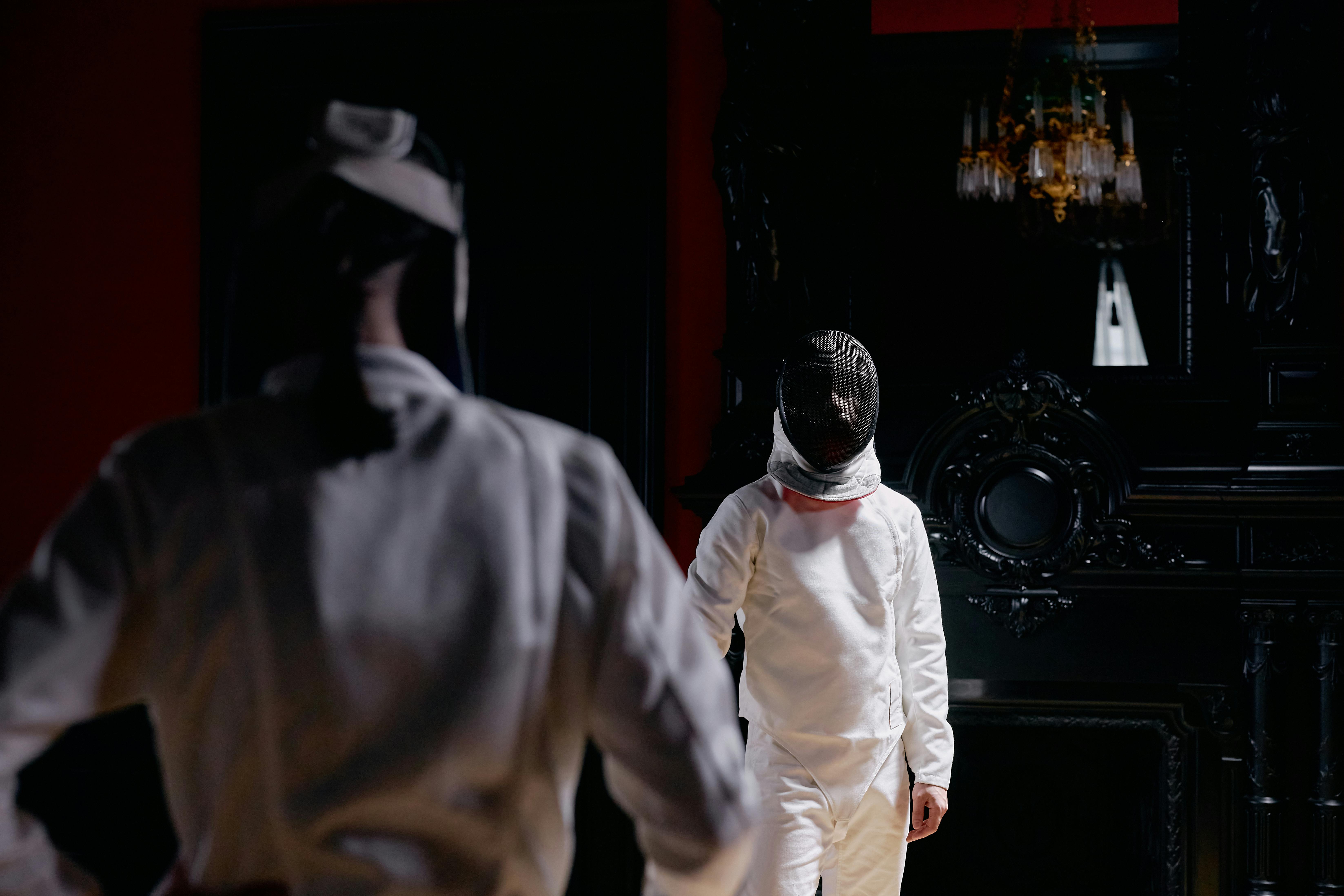"Diving Deep into the Art of Fencing: A Modern Approach to an Ancient Sport"
Fencing. It's a sport that stirs up images of swashbuckling pirates, medieval knights, and dueling noblemen. Yet, it's so much more than just a historical relic. It's a fast-paced sport that combines the intellect of chess with the agility of ballet, the speed of sprinting, and the precision of archery. This article uncovers the intriguing world of fencing, delving into its rich history, present trends, and the training methods that shape the modern fencer.

Fencing: A Brief Historical Overview
Fencing, as we know it today, has its roots in the ancient civilizations of Egypt, Greece, and Rome. Originally used for military training, it gradually evolved into an art form and a sport. The Renaissance period saw the rise of fencing as a gentleman’s sport, with the first fencing schools opening in Italy and Spain. In the modern era, fencing has been a mainstay in the Olympics since its inception in 1896.
The Intricacies of Modern Fencing
Today, fencing consists of three disciplines: foil, epee, and sabre. Each has its own particular rules, target areas, and tactics. The game requires sharp mental agility, quick decision-making, and excellent physical conditioning. It’s a sport of subtlety and strategy, where a single touch can mean the difference between victory and defeat.
The Training Regime: Unveiling the Fencer’s Arsenal
The training of a modern fencer is a multifaceted process. It includes mastering footwork and blade work, developing strategic thinking, and building physical stamina and agility. Fencers often practice drills to perfect their attacks, defenses, and counterattacks. Physical conditioning—consisting of strength training, flexibility exercises, and cardiovascular workouts—is also crucial.
The Future of Fencing: Trends and Innovations
In recent years, fencing has been experiencing a resurgence in popularity. Innovations like electronic scoring systems and transparent masks have modernized the sport, making it more spectator-friendly. Additionally, initiatives to promote inclusivity and accessibility are bringing fencing to new demographics.
Closing Parry: The Enduring Allure of Fencing
Fencing is a sport that bridges the past and the future, tradition and innovation. It requires not only physical prowess but also mental acuity, making it a truly holistic sport. As we move forward, the sport of fencing continues to captivate with its blend of elegance, speed, and strategy, proving once again that it’s not just a relic of the past, but a vibrant, evolving sport with much to offer the modern athlete.
In the end, fencing is more than just a sport—it’s a testament to the enduring human spirit, a game that continuously pushes the boundaries of mind, body, and soul.




